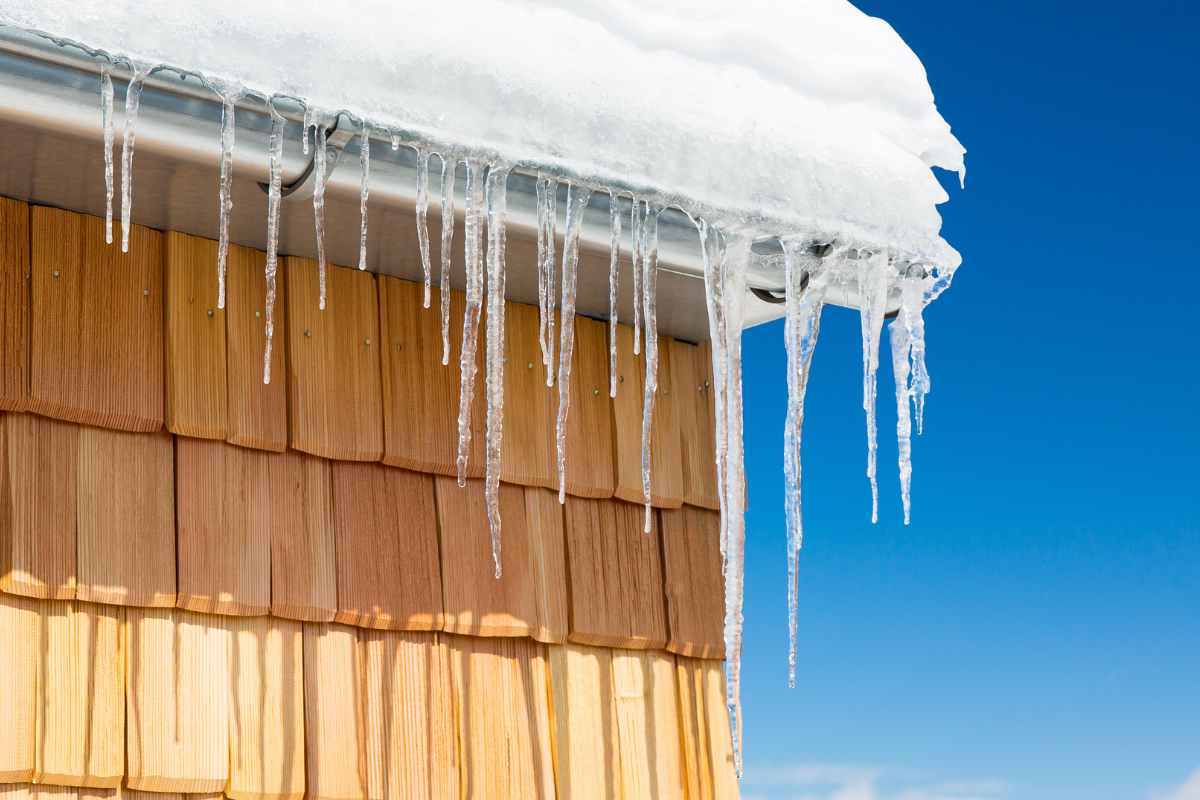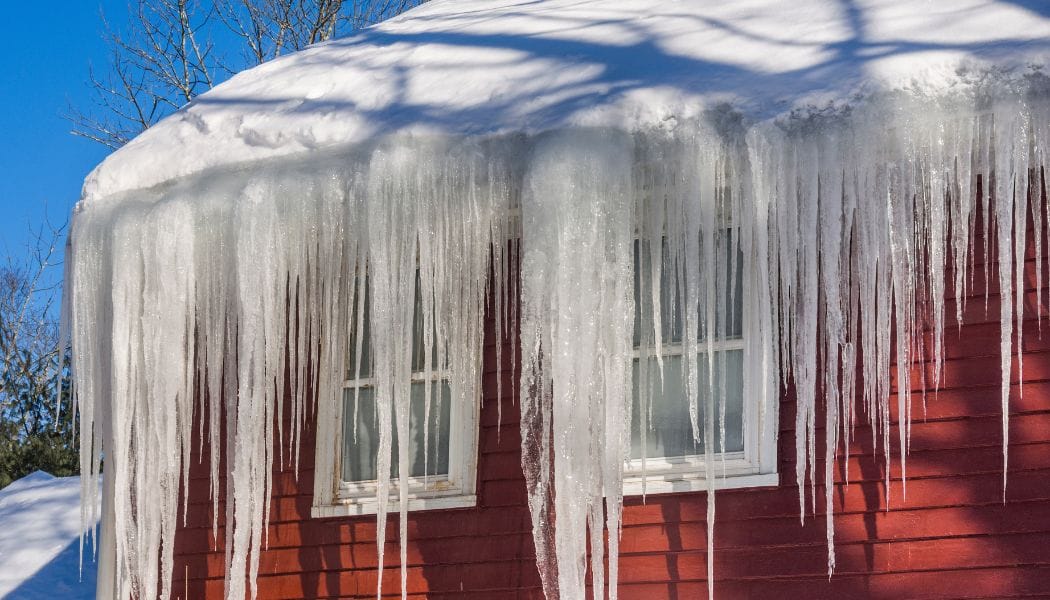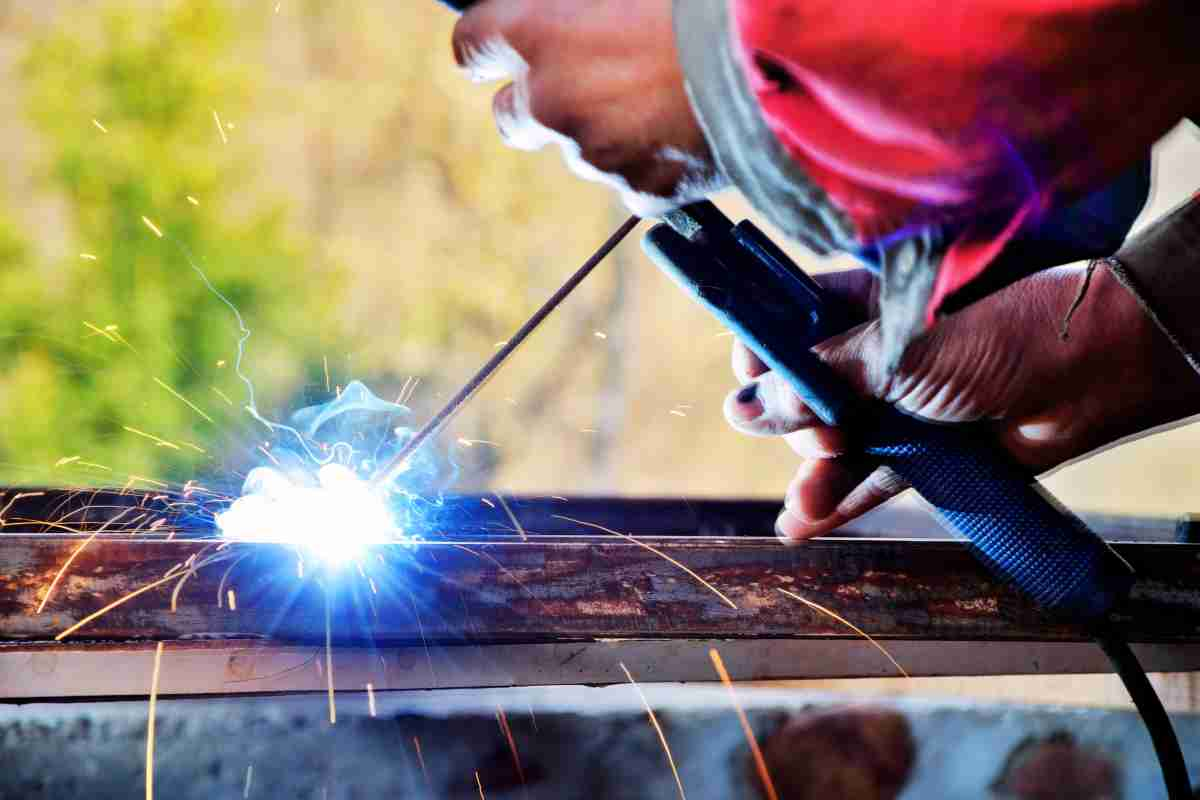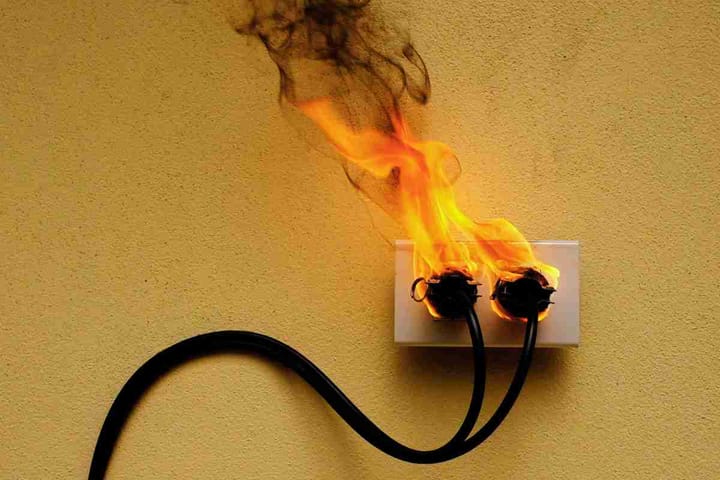What Are Ice Dams And How Can You Avoid Them?
In colder regions, winter brings challenges like ice dams, a hidden risk to homes' integrity. Learn to prevent them for a safer, warmer house.

As winter tightens its grip on the landscape, homeowners in colder climates face a variety of seasonal challenges. Among these, ice dams stand out as a particularly stealthy threat to the structural integrity and efficiency of residential homes. Understanding what ice dams are, why they form, and how to prevent them is essential for maintaining a safe and warm home throughout the colder months.
Understanding Ice Dams
Ice dams are ridges of ice that most often form at the edge of a roof and prevent melting snow from draining off. As snow on the upper parts of the roof melts, the water runs down the roof surface and refreezes when it reaches the colder eaves, creating a dam. This dam can cause water to back up and leak into a home, causing damage to walls, ceilings, insulation, and other areas.
Source: Joe Palumbo at Ice Dam Guys LLC
The Formation of Ice Dams
The primary cause of ice dam formation is an uneven roof surface temperature. When the higher portions of the roof (above the attic area) are above freezing, and the eaves (the overhanging edges) are below freezing, conditions are ripe for ice dams. This temperature discrepancy can be attributed to several factors:
- Poor attic insulation: Inadequate insulation allows heat from the house to escape into the attic, warming the roof surface directly above.
- Inadequate ventilation: Without proper ventilation, heat accumulates in the attic, further contributing to uneven roof temperatures.
- Air leaks: Warm air leaking from the living space into the attic can increase the attic temperature.
The Consequences of Ice Dams
Whether it’s straining your gutters with all that weight or leading to internal water damage, you want to avoid ice dams. That’s because the damages caused by ice dams are usually both immediate and long-lasting.
Immediately, any water that backs up behind an ice dam can leak into a home and cause damage to walls, ceilings, insulation, and other internal structures. If you notice water leaking, call a 24/7 expert who offers steam-only ice dam removal services. They will go on your roof and use hot steam to remove the ice dam. Steam is the best method because it’s gentle on your roof and quickly removes the ice dam before further damage can occur.
It doesn’t stop there, however, as you must ensure your walls, insulation, and carpeting do not contain enough leftover moisture to cause mold and mildew problems. Unfortunately, both of these pose health risks and can be costly to remediate, so it’s best to check for and repair early versus later.

Prevention and Mitigation Strategies
Preventing ice dams involves addressing the root causes of uneven roof temperatures and snow accumulation. Here are several effective strategies:
- Improve attic insulation: Enhancing attic insulation helps keep heat within the living spaces, reducing the amount of heat that reaches the roof to melt the snow.
- Enhance attic ventilation: Proper ventilation allows the heat that does reach the attic to dissipate, maintaining an even roof temperature.
- Seal air leaks: Sealing gaps around light fixtures, vent pipes, chimneys, and attic hatches can prevent warm air from leaking into the attic.
- Clean your gutters and downspouts: organic debris regularly gets clogged in gutters, so it’s important to clear them annually for proper drainage. For the best results, wait until after the leaves fall but before the big snows arrive.
- Install additional roof and soffit vents: These vents help circulate cold air under the entire roof, equalizing temperatures and preventing snow melt at the roof's peak from refreezing at the eaves.
- Use a roof rake: After heavy snowfall, carefully remove snow from the edge of the roof. This can prevent snow from melting and refreezing at the eaves. However, this should be done cautiously to avoid damaging the gutters.
- Install heated cables: For areas prone to heavy and frequent snowfall, installing heated cables along the roof's edge may help prevent ice from forming. These cables heat the roof edge and eaves, keeping them at a temperature that prevents snowmelt from refreezing.
Professional Advice and Solutions
While there are many DIY approaches to preventing ice dams, consulting with professionals can provide customized solutions tailored to your home's specific needs.
Receiving a professional home energy audit can identify attic bypasses (air leaks and insulation gaps) that might not be apparent. They will likely recommend some improvements that a roofing professional can implement, such as installing appropriate ventilation and insulation solutions. Lastly, if all else fails, keep the professional ice dam removal company’s number handy for emergencies. Having these experts in your toolbox will ensure your efforts to prevent ice dams are both effective and safe.
Setting Yourself Up for Success
Ice dams can cause significant damage to your home, but with the right knowledge and strategies, they can be prevented. By addressing the root causes of uneven roof temperatures and taking proactive steps to improve insulation, ventilation, and snow removal, homeowners can protect their homes from the risks associated with ice dams.
Remember, while some preventive measures can be undertaken independently, consulting with professionals can ensure that your efforts are as effective and efficient as possible. Winter brings enough challenges without the added worry of ice dams; take steps now to ensure your home remains safe, warm, and dry throughout the season.




Comments ()